
The Crow, whose autonym is Apsáalooke, also spelled Absaroka, are Native Americans living primarily in southern Montana. Today, the Crow people have a federally recognized tribe, the Crow Tribe of Montana, with an Indian reservation, the Crow Indian Reservation, located in the south-central part of the state.

Scouting in Montana has a long history, from the 1910s to the present day, serving thousands of youth in programs that suit the environment in which they live.

Scouting in Nebraska has a long history, from the 1910s to the present day, serving thousands of youth in programs that suit the environment in which they live.
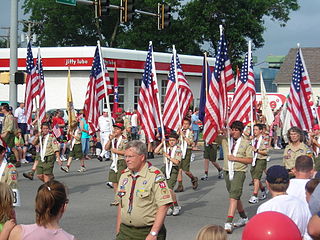
Scouting in Oklahoma has a long history, from the 1910s to the present day, serving thousands of youth in programs that suit the environment in which they live.
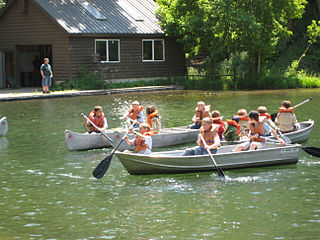
Scouting in Utah has a long history, from the 1910s to the present day, serving thousands of youth in programs that suit the environment in which they live.

Scouting in Wyoming has a long history, from the 1910s to the present day, serving thousands of youth in programs that suit the environment in which they live.

Wisconsin has a long history with the Boy Scout and Girl Scout organizations from the 1910s to the present day, both programs have independently served thousands of youth in programs that suit the environment in which they live.
Scouting in New Jersey has a long history, from the 1910s to the present day, serving thousands of youth in programs that suit the environment in which they live. The second Boy Scouts of America National Headquarters was in North Brunswick, although it was referred to in BSA publications as being in neighboring New Brunswick.

Scouting in New York has a long history, from the 1910s to the present day, serving thousands of youth in programs that suit the environment in which they live. The first National Boy Scouts of America (BSA) Headquarters was in New York City, and the Girl Scouts of the USA National Headquarters is currently located at 420 Fifth Avenue, New York City.
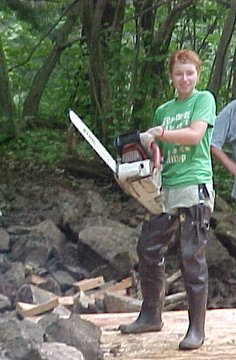
Scouting in Pennsylvania has a long and rich tradition, from 1908 to the present day, serving thousands of youth in programs that suit the environment in which they live.

A tipi or tepee is a conical lodge tent that is distinguished from other conical tents by the smoke flaps at the top of the structure, and historically made of animal hides or pelts or, in more recent generations, of canvas stretched on a framework of wooden poles. The loanword came into English usage from the Dakota and Lakota languages.
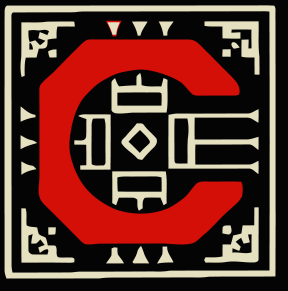
The United States Indian Industrial School in Carlisle, Pennsylvania, generally known as Carlisle Indian Industrial School, was the flagship Indian boarding school in the United States from its founding in 1879 through 1918. It was based in the historic Carlisle Barracks, which was transferred to the Department of Interior from the War Department for the purpose of establishing the school. After the United States entered World War I, however, the school was closed, and the property on which it was located was transferred back for use by the U.S. Department of Defense. The property is now part of the U.S. Army War College.

Peter Rindisbacher was a Swiss artist. He specialized in watercolors and illustrations dealing with First Nation tribes of mid-Western Canada and the United States, mostly depictions of the Anishinaabe, Cree, and Sioux, usually in group action or genre scenes. He seldom did individual portraits; however, he painted himself into a few interior tipi scenes, usually smoking a pipe. He commonly referred to the tipis as tents, such as in the title, Inside a Skin Tent.
Lone Scouts of America (LSA) was a Scouting organization for American boys that operated from 1915 until it merged with the Boy Scouts of America (BSA) in 1924. The LSA was founded by W. D. Boyce, publisher of the Chicago Ledger and the Saturday Blade and one of the founders of the BSA. Boyce felt that the program of the BSA did not help the rural boy who could not find enough other boys to form a troop or a patrol. James E. West, the first Chief Scout Executive of the BSA, disagreed with Boyce's concept, believing that the 4-H program was fulfilling the role. After Boyce left the BSA, he started the Lone Scouts of America and incorporated it on January 9, 1915. Boyce became the executive officer or Chief Totem and Frank Allan Morgan became the editor of The Lone Scout. In October 1915, Boyce appointed all of his paperboys as members of the LSA and published the first issue of The Lone Scout magazine.
William Henry "Lone Star" Dietz was an American football player and coach. He served as the head college football coach at Washington State University, Purdue University, Louisiana Tech University, University of Wyoming, Haskell Institute—now known as Haskell Indian Nations University, and Albright College. Dietz was also head coach for the Boston Redskins of the National Football League (NFL). He was inducted into the College Football Hall of Fame in 2012.

Indian Echo Caverns is a historic show cave in Derry Township, Dauphin County near Hershey and Hummelstown, Pennsylvania in the United States. The caverns were mentioned in an article by the Philadelphia Philosophical Society as early as the 1700s.

Nipo T. Strongheart was an American performer in Wild West shows, technical advisor to Hollywood film producers, and lecturer on the Chautauqua circuit. Throughout his life, which spanned several careers, he was an advocate for Native American issues. He spoke on religious issues several times, and late in life he became a member of the Baháʼí Faith.
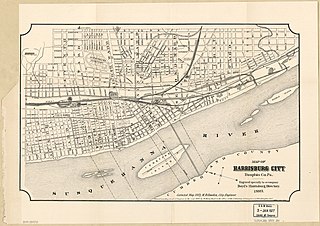
This is a timeline of the major events in the history of Harrisburg, Pennsylvania and vicinity.

The Ideal Scout, also known as The Boy Scout, is a work by Canadian sculptor R. Tait McKenzie (1867–1938). The original statue stood in front of the Cradle of Liberty Council at 22nd and Winter Streets in Philadelphia, Pennsylvania, from 1937 to 2013. Replicas can be found at Boy Scouts of America councils across the United States, as well as at Gilwell Park in London, England, and at Scouts Canada's national office in Ottawa. The Smithsonian American Art Museum's database lists 18 copies.
Leo Faller "Deed" Harris was an American sportsman who coached, scouted, and refereed football, baseball, and basketball. In 1917, he was the last coach of the Carlisle Indians football team. J.S. Steckbeck states that the team was forced to travel far off the Carlisle Barracks campus for practice because of a measles epidemic, lost practice time, and the result was that the team closed the season with 2 wins and 7 losses. In reality, the poor season was likely the inexperienced and young players. Pop Warner visited Carlisle in September 1917 to help prepare the squad and commented "not to expect great things from the team" and a "great football team cannot be developed in one season."
















